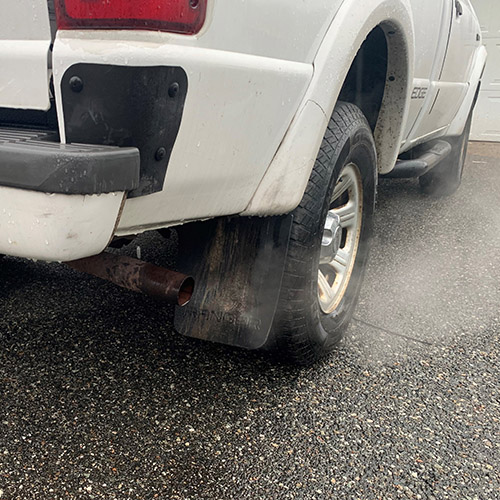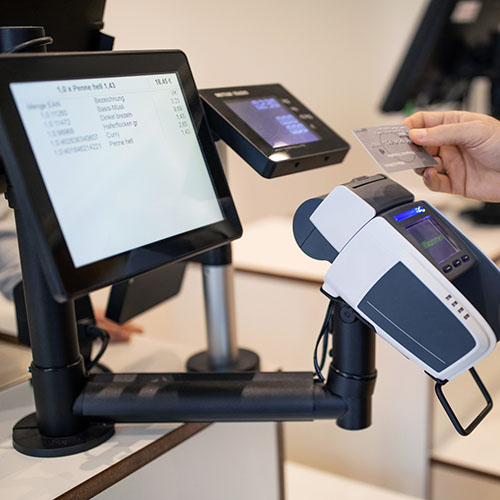6 Ways to Stay Safe During a Thunderstorm

In the summer, one minute it’s sunny and the next there are dark clouds rolling through. You know what that means—a thunderstorm! In honor of Lightning Safety Awareness Week here are six ways to stay safe during a thunderstorm:
- Prepare a disaster kit. In case of any emergency, including a thunderstorm, you should have a disaster kit prepared for your family. Depending on the severity of the thunderstorm, there could be flooding and power outages. Your preparedness kit will ensure that you have the necessary supplies to take care of yourself for at least 72 hours. Your kit should include non-perishable food, water, a flashlight with extra batteries, a battery-powered radio, a first aid kit, and a can opener for food. Ready.gov can provide you with more information on recommended items.
- Get inside. Don't make the mistake of thinking you can't get hurt in a thunderstorm. Lightning may seem far away, but it's not. In 2013, there were 23 fatalities due to lightning strikes. If you hear thunder, get inside and stay there for at least 30 minutes after the last thunderclap.
- Protect yourself if you're outside. Stay away from high ground, water, tall trees, and metal objects. If you feel your hair stand on end, lightning is about to strike. Squat low to the ground on the balls of your feet. Cover your ears with your hands and put your head between your knees to make yourself as small as possible. Never lie flat on the ground.
- Don't touch that! During a storm, avoid electrical equipment and cords. Any appliances plugged into the wall — like a charging cell phone — are dangerous because power surges from lightning have the potential to cause damage. Also, plumbing can conduct electricity during a storm, so don’t take a shower, use your sink, or do laundry until it passes.
- Don't drive through a flooded roadway. It can be difficult to determine the depth of water so don't chance it by driving through. It's possible for your car to lose control and float away.
- Stay safe after the storm has passed.Keep yourself aware of any closed roads or downed power lines or trees, and avoid those areas. Help family, friends, and neighbors who may need assistance.
Follow these tips to stay safe during a thunderstorm and visit redcross.org or ready.gov for more information.



